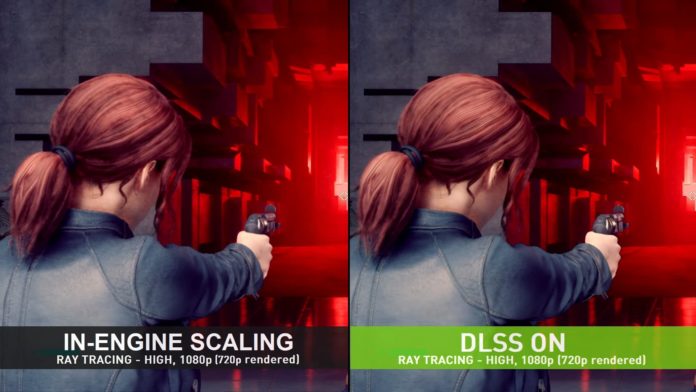NVIDIA recently published a blog post where they showcased the methods they used to mold the DLSS for Control:
During our research, we found that certain temporal
This AI research model has made tremendous progress and produces very high image quality. However, we have work to do to optimize the model’s performance before bringing it to a shipping game.
Leveraging this AI research, we developed a new image processing algorithm that approximated our AI research model and fit within our performance budget. This image processing approach to DLSS is integrated into Control, and it delivers up to 75% faster frame rates.
Below is a look at the DLSS in Control in action. Both sides are rendered in 720p and outputted at 1080p:
However, NVIDIA does yield on the fact that the image processing falls short in handling certain types of motion with an example of native 1080p vs 1080p DLSS in Control. As you can see below, the flames are not as well defined in DLSS as they are in the native resolution:
The company also states that they hope to further their AI research by utilizing deep learning:
Deep learning-based
Let’s look at an example of our image processing algorithm vs. our AI research model. The video below shows a cropped Unreal Engine 4 scene of a forest fire with moving flames and embers. Notice how the image processing algorithm blurs the movement of flickering flames and discards most flying embers. In contrast, you’ll notice that our AI research model captures the fine details of these moving objects.
With further optimization, we believe AI will clean up the remaining
Further Reading:


